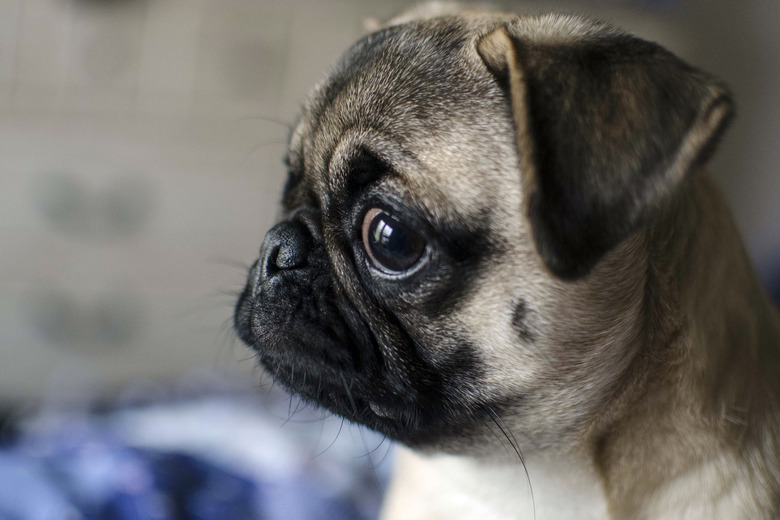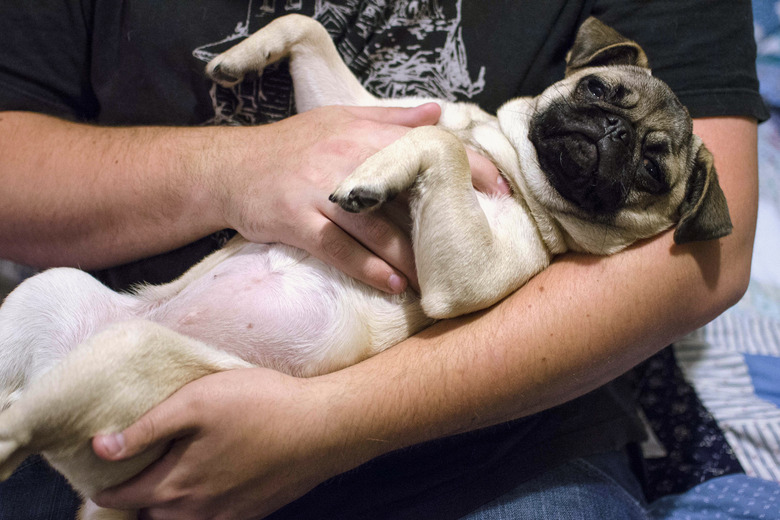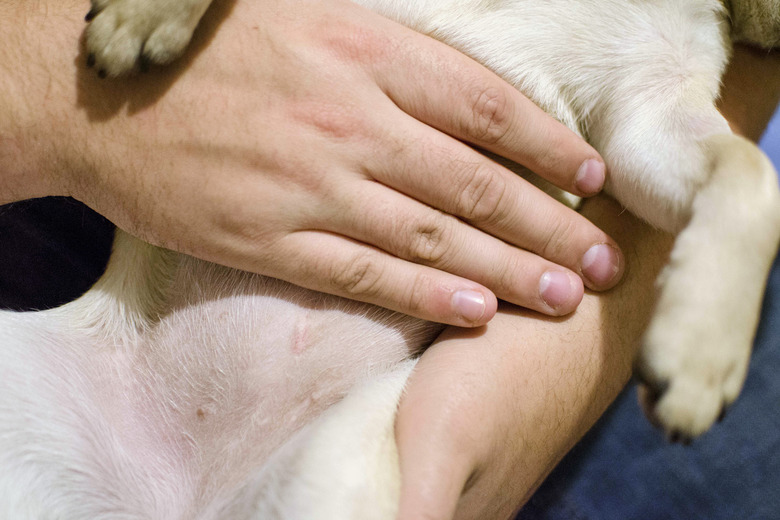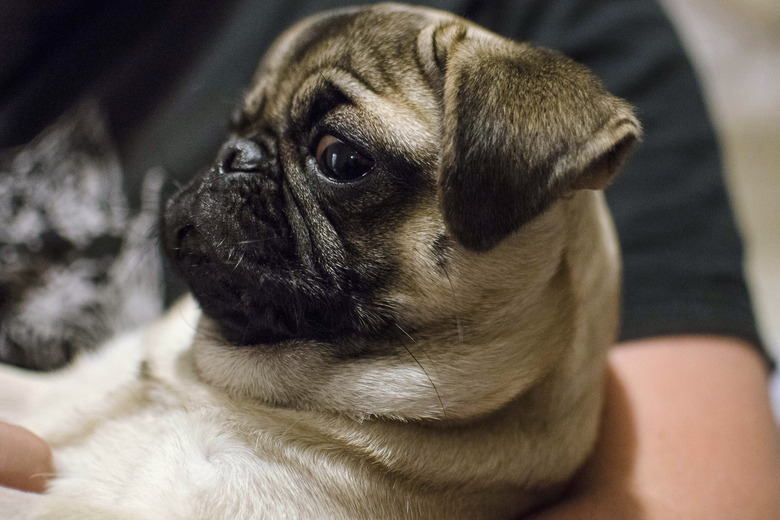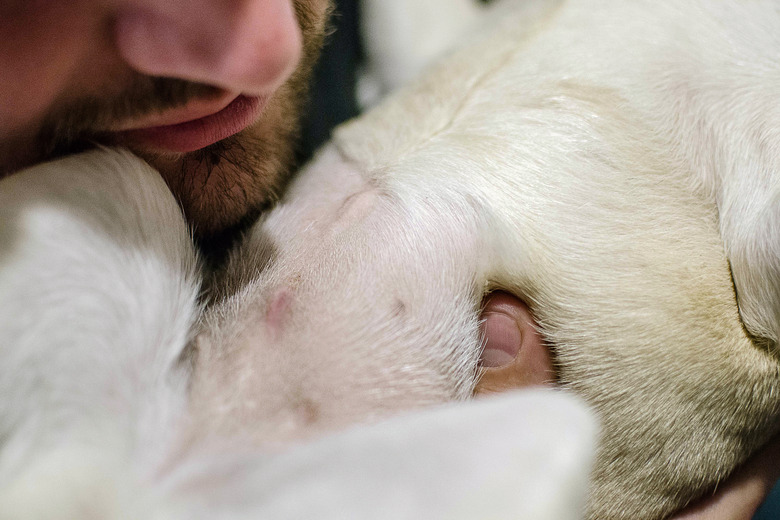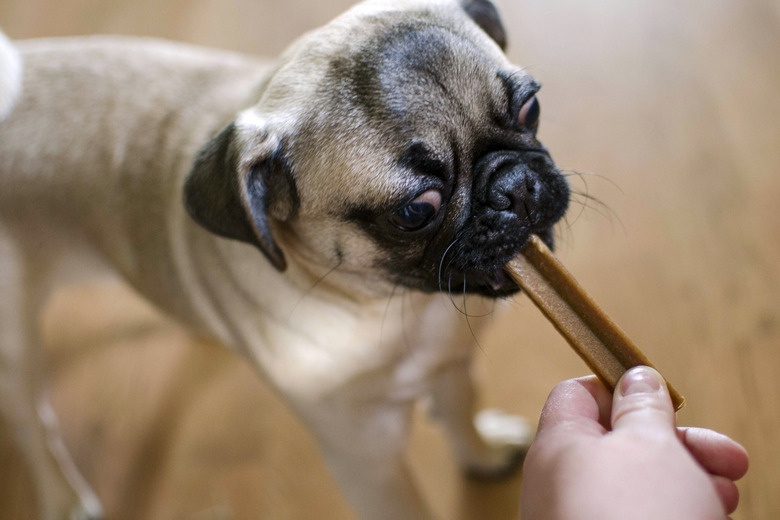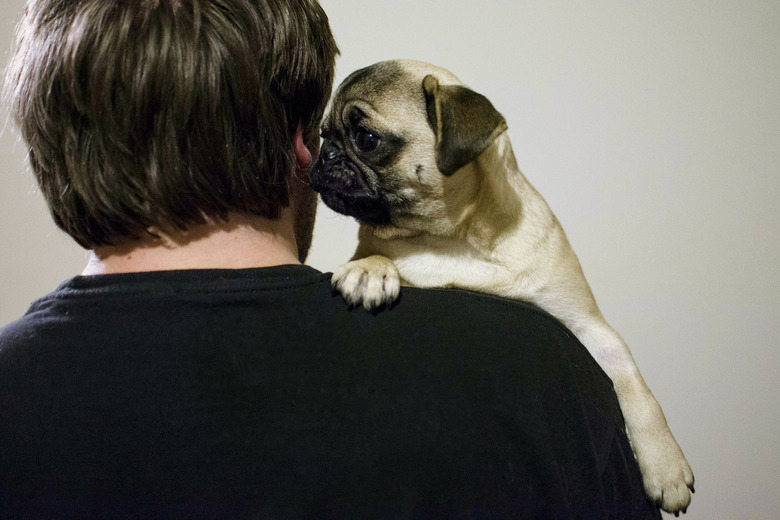How To Tell If My Recently Spayed Dog Has An Infection
Spaying your female dog can lengthen her life and will protect her from life-threatening conditions like mammary cancer and uterine infections. Plus, spaying dogs helps to curb the growing population of homeless and sheltered pets.
Warning
It can cause serious complications if your dog pulls out a suture. So, don't allow her to lick or pull at the incision site. If she seems to be licking excessively or pulling at sutures, call your veterinarian for care and consider the use of an Elizabethan collar. Don't allow your dog to swim, and don't bathe her until the sutures are removed; this can raise the risk of infection.
Most dogs recover fairly quickly from this surgery, but it's still a major procedure that requires general anesthesia, an abdominal incision, and removal of the uterus and ovaries. Your dog will need plenty of rest in a stress-free environment and she'll likely be prescribed pain medications by your veterinarian. Even if your dog isn't showing obvious signs of pain, she may be in discomfort and it's recommended to give all pain medications as directed by your veterinarian.
Normally, the incision is closed with staples or stitches. They'll be two layers — an internal one that will dissolve on its own and an external layer of stitches or staples that are removed about 10 days following surgery. Follow the veterinarian's directions for post-surgical care, including inspecting the incision twice a day. If you spot signs of a spay infection, call the veterinarian immediately. Here's how to inspect your dog's spay incision, and the signs of an infection after spaying a dog.
Inspect the incision site for redness or swelling
Inspect the incision site for redness or swelling
One sign that dog spay stitches are infected is redness and swelling. The incision site will be slightly red for the first 24 hours and may have a small amount of dried blood. You'll want to inspect your dog for prolonged or severe redness, bruising, or bleeding.
Turn the dog gently on her back. Or, if she's small, pick her up and cradle her. Speak soothingly and encouragingly as you visually inspect the incision, which should look clean and straight. The flesh surrounding it should look free of inflammation after 24 hours or may be slightly pink the first day following her spay. Be alert for signs of an infected incision on your dog that looks like bleeding or abnormal coloring, such as red streaks radiating out from the area, and for any signs that the incision is oozing yellowish or greenish pus.
Monitor the skin temperature near the incision site
Monitor the skin
temperature
near the incision site
Gently lay the flat of your palm on her abdomen near the incision, being careful not to touch the incision site. The area of skin close to the incision should not feel significantly hotter to your touch than the rest of your dog's belly. An infected incision in a dog will likely feel hot to the touch.
Watch for signs of pain
Watch for signs of pain
While not touching the incision site, watch and listen closely to see if your dog yips, flinches, gasps, or tries to nip when looking for signs of infection after surgery. The incision and immediately surrounding area may be tender, but indications of pain could be a sign that your dog's spay stitches or incision are infected.
Monitor for any signs of foul smell
Monitor for any signs of foul smell
Unusual smells coming from your dog's spay incision could indicate a spay infection. When looking for other signs of infection, note any bad smells. Praise and pet your dog for being so cooperative.
Ongoing monitoring following spay or neuter surgery
Ongoing monitoring following spay or neuter surgery
Visually inspect your dog twice a day for signs of infection following a spay or neuter. Continue to do this until your veterinarian gives you the all-clear.
For the first 24 hours following surgery, your dog may have a suppressed appetite or drink less. This should improve after 24 hours. If your dog continues to not eat or drink after 24 hours, call your veterinarian for immediate care. Other signs of an infected dog neuter or spay incision include listless behavior more than 24 hours after surgery, difficulty urinating, vomiting, or diarrhea. Your dog should be seen by a veterinarian immediately if you notice these symptoms.
Until your veterinarian approves more vigorous excise, your dog should be limited to short walks and no running or jumping. To help with the healing process, consider making an Elizabethan collar or purchasing a cone alternative.
